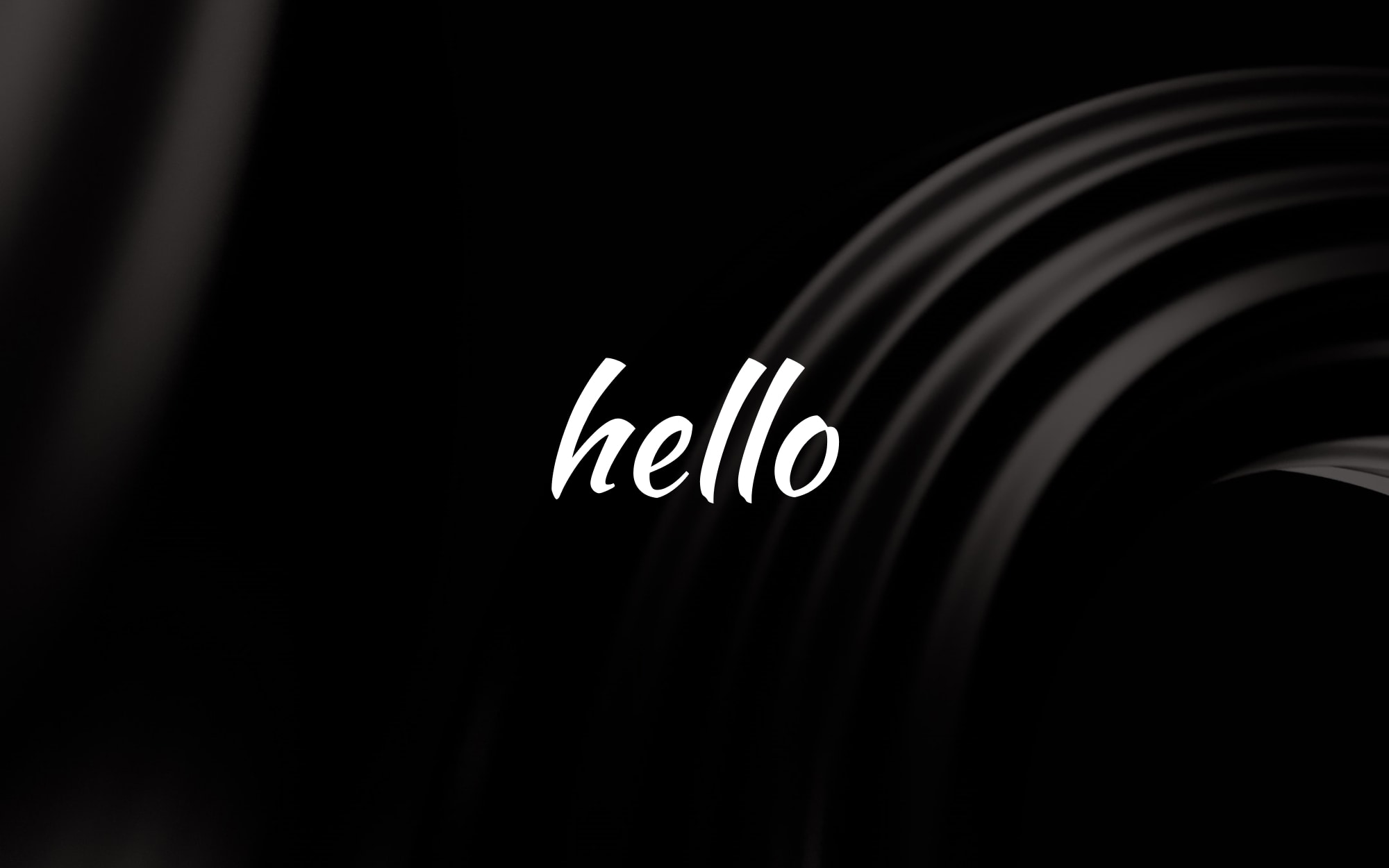Understanding Diffusion Models: The Magic Behind AI Image Generation
You've seen them everywhere: stunning, imaginative, sometimes bizarre images created by Artificial Intelligence from simple text prompts. Tools like Midjourney, Stable Diffusion, and DALL-E can conjure up visuals that seem almost magical. But how does a computer program turn words like "an astronaut riding a horse on the moon" into a detailed picture?
One of the key technologies making this possible is called a Diffusion Model. While the underlying math is complex, the core idea is surprisingly elegant and can be understood intuitively. Let's unravel the "magic."
The Core Idea: Crafting Order from Chaos
Imagine a skilled sculptor starting with a rough, formless block of marble. Guided by a vision (or instructions), they carefully chip away, gradually revealing a detailed statue within.
Diffusion models work in a somewhat analogous, but reversed, way. They start with the digital equivalent of formless chaos – an image composed entirely of random noise, like static on an old TV screen. Then, step-by-step, they meticulously remove the noise, gradually shaping the randomness into a coherent image that matches the text prompt you provided.
It sounds counter-intuitive, right? Creating something from pure static? To understand how the AI learns to do this, we first need to look at its training process.
Learning by Making a Mess (The Forward Process)
Before an AI can create images, it needs to learn what images look like and how they break down. Diffusion models learn this through a process of controlled destruction:
- Start with Real Images: The AI is shown millions upon millions of real photographs and artworks.
- Gradually Add Noise: The system then takes these images and systematically adds a tiny amount of random "noise" (think digital grain or fuzz) over many successive steps.
- Repeat Until Static: This noise addition continues, step by step, until the original image is completely lost in a sea of random static.
Crucially, during this "Forward Process," the AI keeps track of exactly how much noise was added at each specific step. This creates its training data: countless examples of slightly noisy images paired with the exact noise pattern that was added to get there.
Think of it like carefully documenting, frame by frame, how a photograph slowly blurs into an unrecognizable haze. The AI isn't just seeing the blur; it's learning the precise recipe for how it became blurry.
Reversing the Mess: Creating Images from Noise (The Reverse Process)
This is where the generative magic happens when you actually use the tool. Having learned how images dissolve into noise, the AI model is trained to reverse the process.
When you give it a text prompt (like "a cute kitten sleeping in a sunbeam"):
- Start with Noise: The process begins with a completely random field of pixels – pure static that has no discernible image yet.
- Predict the Noise: The AI model looks at this noisy field. Guided by your text prompt (we'll get to that!), it predicts what noise pattern needs to be removed to make the static just one tiny step closer to looking like "a cute kitten sleeping in a sunbeam."
- Subtract the Noise: It carefully subtracts that predicted noise pattern from the image.
- Repeat, Repeat, Repeat: This prediction-and-subtraction process is repeated many times – sometimes dozens, sometimes hundreds of steps. In each step, the AI refines the image, removing a bit more noise based on its understanding of the prompt and what real images look like.
Gradually, like developing a photograph or carefully brushing dust off an artifact, the random noise transforms into the detailed image you asked for.
How Your Text Prompt Guides the Creation
How does the AI know whether to create a kitten or an astronaut from the noise? This is where your text prompt comes in.
Your words ("a cute kitten...") are converted into a numerical representation (often called "embeddings") that the AI model can understand. This numerical prompt acts like a set of instructions or a guiding force during the denoising (Reverse Process).
At each step, when the AI predicts which noise to remove, it doesn't just look at the current noisy image; it also looks at the numerical representation of your prompt. This "text conditioning" steers the denoising process, ensuring that the image emerging from the static aligns with the description you provided. It's like giving the sculptor detailed instructions as they chip away at the marble.
Why Are Diffusion Models So Effective?
Diffusion models have become popular because they are incredibly good at generating high-quality, detailed, and often very creative images. This gradual, step-by-step refinement process seems to allow them to capture intricate details and textures more effectively than some older AI image generation techniques.
From Chaos to Creation
So, the next time you see an amazing AI-generated image, remember the diffusion model behind it. It's not truly magic, but a clever process born from learning how to meticulously reverse chaos. By training on vast datasets to understand how images break down into noise, these models gain the remarkable ability to start with noise and, guided by our words, sculpt visually stunning creations step by tiny step. Understanding this helps us appreciate just how sophisticated these tools we encounter in our digital lives really are.





